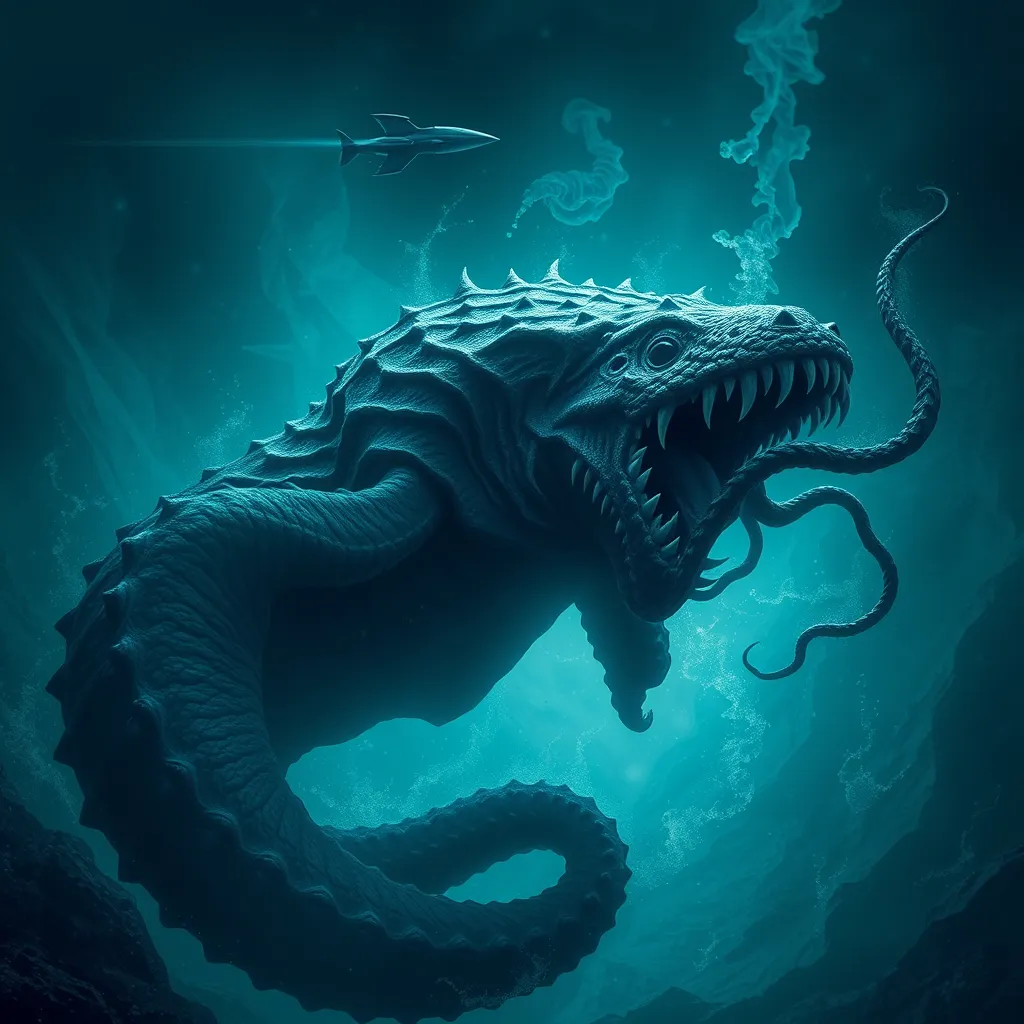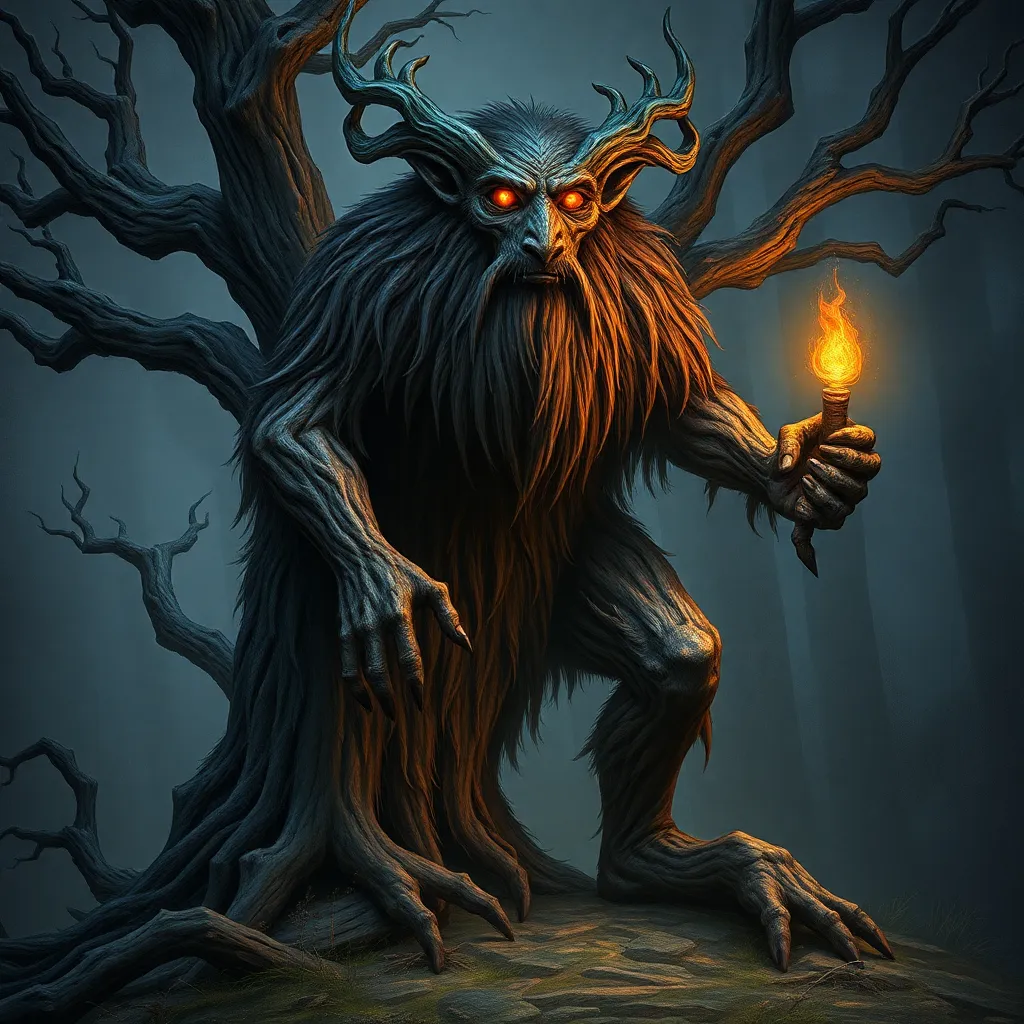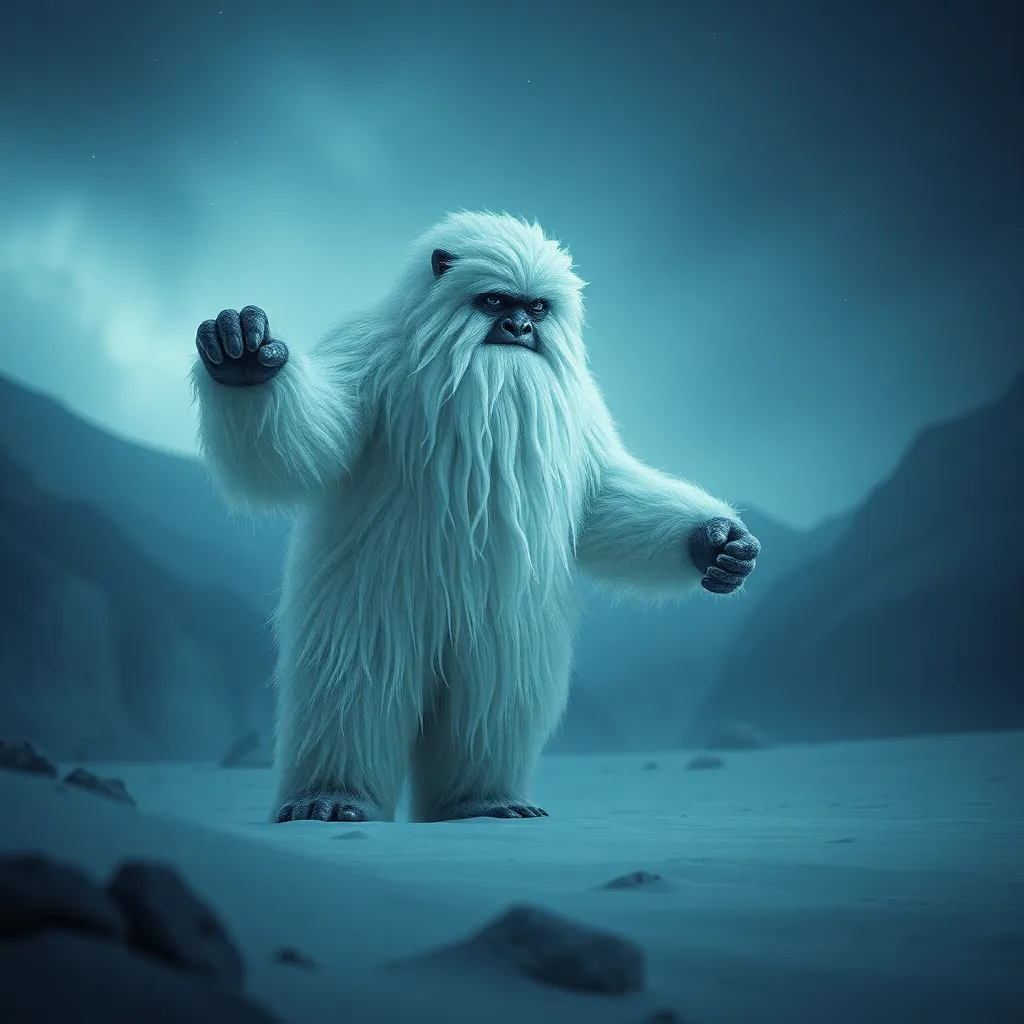Beyond the Deep: The Kraken in Norse and Icelandic Folklore
I. Introduction
The Kraken, a legendary sea monster, has captivated the imagination of many throughout history. Often depicted as a colossal creature lurking beneath the waves, its mythos serves as a reminder of the unexplored mysteries of the ocean. The Kraken holds a significant place in Norse and Icelandic culture, symbolizing the awe and fear of the sea, and representing the unknown depths that humanity has yet to conquer. This article aims to explore the historical context, origins, characteristics, and contemporary relevance of the Kraken in folklore and popular culture.
II. Historical Context of Norse Mythology
Norse mythology is rich with tales of gods, heroes, and mythical creatures, reflecting the values and beliefs of the Norse people. It serves not only as a spiritual guide but also as a historical record of the time. Sea monsters, like the Kraken, play a vital role in these tales, embodying the dangers of the ocean and the maritime culture of the Norse seafarers.
In Norse tales, the sea is often portrayed as a realm of chaos, inhabited by various monstrous beings. The Kraken, in particular, is linked to other legendary sea creatures such as:
- The Jörmungandr (the Midgard Serpent)
- Fenrir (the giant wolf)
- Various trolls and giants of the deep
These creatures symbolize the struggle between order and chaos, showcasing the Norse belief in the ever-present threats posed by nature.
III. The Origin of the Kraken Legend
The earliest mentions of the Kraken can be traced back to the writings of sailors and explorers in the 18th century, but its roots may extend much deeper into oral traditions and folklore. The word “Kraken” is believed to derive from the Norwegian word “krake,” meaning “a twisted tree” or “something twisted,” which could refer to the creature’s tentacle-like appearance.
Primary sources such as the “Orkneyinga Saga” and accounts from sailors provide insight into the Kraken’s legend. These texts describe the creature as a massive being capable of dragging ships under the water, instilling fear in the hearts of those who dared to traverse the seas.
Interestingly, the Kraken’s legend may have been influenced by real-life encounters with large sea creatures, such as the giant squid or colossal squid, which can grow up to 43 feet in length. The sighting of these creatures could easily be exaggerated into tales of a monstrous Kraken, blurring the lines between myth and reality.
IV. Characteristics and Descriptions of the Kraken
The Kraken is often described as a gigantic cephalopod, with long, powerful tentacles that can reach out and ensnare ships. Some common characteristics attributed to the Kraken include:
- Enormous size: Descriptions often depict the Kraken as being larger than an entire ship.
- Camouflaging ability: The creature is said to be able to blend into its surroundings, making it difficult to spot before it attacks.
- Destructive power: Accounts often include tales of the Kraken capsizing ships and dragging sailors into the depths.
Symbolically, the Kraken represents the unknown and the fear of the sea. It embodies humanity’s struggles against nature and the dangers that lurk beneath the surface. Variations of the Kraken’s description can be found across different texts and cultural interpretations, showcasing the creature’s evolving nature in folklore.
V. The Kraken in Icelandic Folklore
In Icelandic folklore, the Kraken appears in various tales and legends that highlight its significance to the maritime culture of the region. One famous legend tells of fishermen who encountered the Kraken while hauling in their nets, only to be attacked and pulled under by the beast.
The Kraken’s role in Icelandic history is profound, serving as a cautionary tale for sailors venturing into treacherous waters. It stands alongside other mythical sea creatures, such as:
- Selkies (seal people)
- Hafgufa (a giant sea monster)
- Grendel (from the Beowulf saga)
These creatures reflect the Icelandic people’s relationship with the ocean, emphasizing the balance between reverence and fear.
VI. The Kraken in Contemporary Culture
In recent years, the Kraken has experienced a resurgence in modern literature, film, and art. From movies like “Pirates of the Caribbean” to popular novels and video games, the Kraken is often portrayed as a fearsome antagonist. Contemporary interpretations of the Kraken differ significantly from traditional depictions, often romanticizing or sensationalizing the creature.
Some key aspects of its modern portrayal include:
- Heroic representations, where the Kraken is sometimes depicted as a misunderstood creature.
- Visual adaptations in art and media, showcasing the creature’s grandeur and terror.
- The incorporation of the Kraken into various pop culture phenomena, such as merchandise and themed events.
This evolution illustrates how the Kraken has transformed from a fearsome mythical beast into a complex cultural icon.
VII. The Kraken’s Legacy and Symbolism
The Kraken serves as a symbol of the unknown, representing humanity’s fear of the sea and its mysteries. This fascination with sea monsters continues to permeate popular culture, as evidenced by the numerous films, books, and artworks inspired by the Kraken.
Additionally, the Kraken has become a metaphor in discussions surrounding environmental and ecological issues, as it symbolizes the dangers of humanity’s exploitation of the ocean. The ongoing intrigue with the Kraken reflects our desire to understand the natural world, as well as our acknowledgment of the potential consequences of our actions.
VIII. Conclusion
In summary, the Kraken is more than just a mythical sea monster; it is a rich symbol woven into the fabric of Norse and Icelandic folklore. From its origins in ancient tales to its modern interpretations, the Kraken continues to evoke a sense of wonder and fear, embodying the unknown depths of the ocean. The enduring legacy of the Kraken highlights the importance of mythical creatures in understanding human history and identity, serving as a reminder of our connection to nature and the mysteries that lie beneath the surface.



